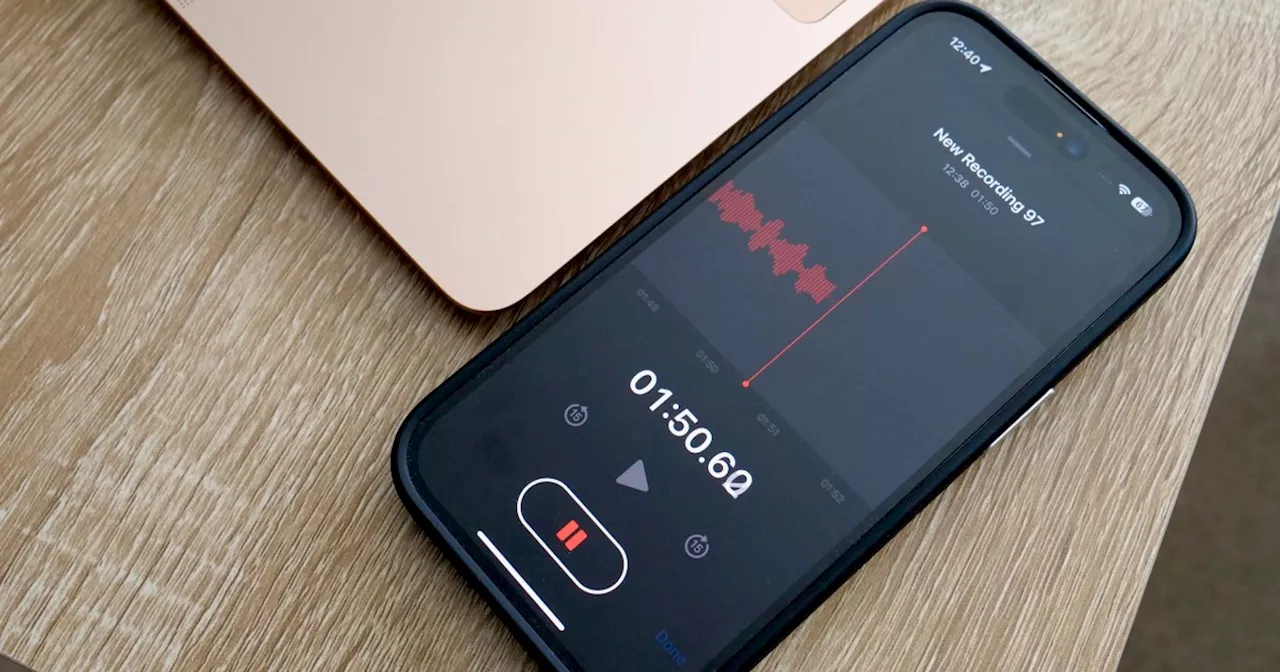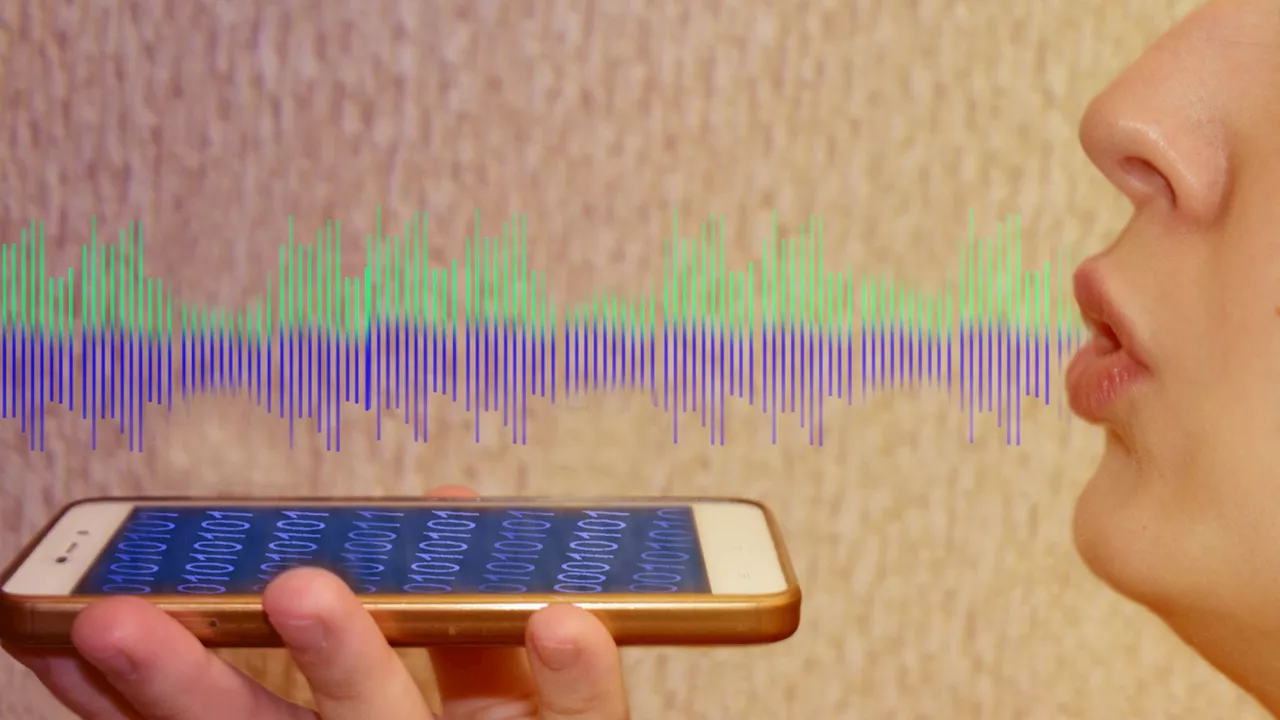About 6.7% of U.S. adults—nearly 17 million Americans—don't fit in the blood pressure cuff that comes standard with many at-home devices, putting them at risk for inaccurate readings.
Kristen Fischer has written for numerous health publications, hospitals, and medical companies, and is a member of the Association of Health Care Journalists.Nick Blackmer is a librarian, fact-checker, and researcher with more than 20 years of experience in consumer-facing health and wellness content.A new study found that about 17 million Americans don’t fit properly in the standard blood pressure cuffs that come with most at-home blood pressure devices.
About 7% of American adults—about 17 million people—don’t fit properly in the blood pressure cuffs that come standard with most at-home blood pressure devices, according to a new study.on September 5, assessed 10 popular blood-pressure monitoring devices. Nine of the devices offered blood pressure cuffs that ranged in size from 8.7 inches to 16.5 inches. However, millions of people have an arm circumference that falls outside this range.“Knowing that 16.5 million U.S.
To build on these findings, Brady and her team wanted to investigate how often these issues might be coming up for people testing their blood pressure at home. They found that “the cuff sizes typically provided with devices purchased from an easily accessible marketplace don’t fit a large proportion of the U.S. population,” she explained.
“Individuals with obesity are most likely to use a cuff that doesn’t fit well—they are most likely to have a larger mid-arm circumference and therefore more likely to not easily find a device ‘off the shelf’ with a cuff that fits their arm,” she said. “Most physicians’ offices are very careful to choose the right cuff size, and all of the staff are typically trained well in this aspect,”, director of the Vascular Medicine Institute and the Center for Pulmonary Vascular Biology and Medicine at the University of Pittsburgh Medical Center, toldThe American Heart Association recommends using an automatic, cuff-style monitor that goes on your upper arm. Avoid wrist or finger monitors, which can be inaccurate.
It’s also important that the cuff you use is associated with the specific blood pressure monitor you choose—if you use an “off-brand” cuff, you can’t be assured that it will give you an accurate reading, Brady said.
United States Latest News, United States Headlines
Similar News:You can also read news stories similar to this one that we have collected from other news sources.
 San Antonio's BAMC seeks donations at September drive to stave off blood shortageAmid an emergency blood shortage, the Armed Services Blood Program, Red Cross and the South Texas Blood Program are running Sept.19 blood drive to support the Brooke Army Medical Center (BAMC) blood supply. The Fort Sam Houston blood drive follows a 25% drop in the Red Cross blood supply, according to BAMC officials.
San Antonio's BAMC seeks donations at September drive to stave off blood shortageAmid an emergency blood shortage, the Armed Services Blood Program, Red Cross and the South Texas Blood Program are running Sept.19 blood drive to support the Brooke Army Medical Center (BAMC) blood supply. The Fort Sam Houston blood drive follows a 25% drop in the Red Cross blood supply, according to BAMC officials.
Read more »
 How one phone app uses your voice to detect high blood pressureSmartphone apps can do a lot these days. But what if there was one that used your voice to detect high blood pressure? It's real, and it's very impressive.
How one phone app uses your voice to detect high blood pressureSmartphone apps can do a lot these days. But what if there was one that used your voice to detect high blood pressure? It's real, and it's very impressive.
Read more »
 Scientists develop stunning AI to predict blood pressure from voiceKlick Labs has pioneered a voice-based technique to accurately predict hypertension, offering a non-invasive, accessible solution.
Scientists develop stunning AI to predict blood pressure from voiceKlick Labs has pioneered a voice-based technique to accurately predict hypertension, offering a non-invasive, accessible solution.
Read more »
 Throat problems could impair autonomic nervous system's ability to regulate blood pressurePatients with throat problems were less able to regulate their blood pressure in a new study. The study shows reduced baroreflex sensitivity in patients with throat symptoms.
Throat problems could impair autonomic nervous system's ability to regulate blood pressurePatients with throat problems were less able to regulate their blood pressure in a new study. The study shows reduced baroreflex sensitivity in patients with throat symptoms.
Read more »
 20 Foods That Lower Blood Pressure Naturally, According to ExpertsLowering your blood pressure can be achieved through not only avoiding salty, processed foods but also eating healthier! Try these foods from the DASH diet to improve your heart health.
20 Foods That Lower Blood Pressure Naturally, According to ExpertsLowering your blood pressure can be achieved through not only avoiding salty, processed foods but also eating healthier! Try these foods from the DASH diet to improve your heart health.
Read more »
 A new app to 'uncuff' blood pressure monitoringResearchers have developed a groundbreaking smartphone app that measures blood pressure using a smartphone's built-in sensors, eliminating the need for traditional cuffs. This technology can make blood pressure monitoring more accessible and convenient, especially for underserved populations.
A new app to 'uncuff' blood pressure monitoringResearchers have developed a groundbreaking smartphone app that measures blood pressure using a smartphone's built-in sensors, eliminating the need for traditional cuffs. This technology can make blood pressure monitoring more accessible and convenient, especially for underserved populations.
Read more »
